The Man Who Invited 150,000 People to Dinner
- SUBSCRIBE
- ALREADY SUBSCRIBED?
BECOME A BONJOUR PARIS MEMBER
Gain full access to our collection of over 5,000 articles and bring the City of Light into your life. Just 80 USD per year.
Find out why you should become a member here.
Sign in
Fill in your credentials below.
The death of James Almand Haynes on January 6th ended not only the life of an extraordinary man, but also the weekly tradition of inviting the world to dinner at his atelier at 83, rue de la Tombe-Issoire in Montparnasse.
In the late 1970s — following his lifelong philosophy that the more people who meet each other, the better the world would be — and believing profoundly that it was his “duty to introduce everyone” around him, Jim Haynes began his open-house policy every Sunday evening, where anyone and everyone were welcome. As many as 120 people would turn up and be fed. There was only one stipulation; they must all talk to each other. A phone call was all that was required to have your name added to the list; in later years, an email would suffice, although in the early years people would just turn up and some of them even stayed on. Haynes’ son, Jesper, as a young boy, recalls bodies in sleeping bags all over the floors. Haynes loved people, and he loved even more being surrounded by them.
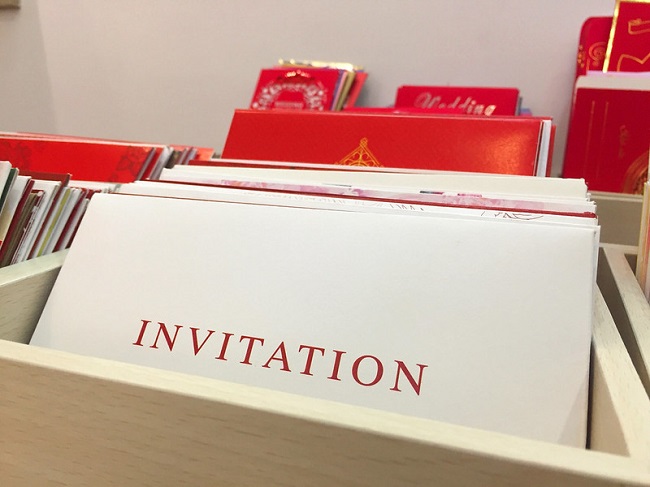
Invitation. © Flickr, Public Domain
His glass-fronted atelier was down a secluded courtyard, and it is a testament to Haynes’ genuine love of people that his neighbors loved him right back, and never complained about the dozens of strangers congregating outside his atelier on summer nights eating, drinking and above all talking. Haynes’ dinner guests were exactly as he’d desired, a disparate group that could include local people from the neighborhood, old friends, immigrants, travelers of every nationality and age, intellectuals, Buddhists and even, famously, a Greek terrorist. Which was exactly the point.
Jim Haynes was the rarest of beings. He lived his life exactly as he wanted to live it. His ideologies, tempered during the “swinging 60s,” never wavered, but he was never a relic. He believed in them as implicitly as he had 50 years earlier, and no one who ever met him came away unaffected by his warmth and genuine interest. He continued to attract young and old, making new friends all over the world and determined that others would too.

Parisian courtyard. © Florian Olivo. Unsplash
Haynes was the original social networker. He had traveled extensively and was fascinated by countries that were, in the late 1980s, still behind the Iron Curtain.
In a filing cabinet, Haynes had a collection of address books, sometimes four or more for a particular country, crammed with names and addresses and phone numbers, and above all, each particular contact’s passions or interests. Haynes knew many of them personally; others had been passed on from friends of friends. All were willing to meet up with a stranger, show them around, or even give them a bed for the night. As Vicky Baker said in her BBC article, Jim Haynes’ address books were AirBnB before the idea was monetized.

Address book. © Wikipedia, Public Domain
Haynes’ background — born in Louisiana into a middle class family where his father was in the oil industry — introduced him to different cultures at an early age when the family moved to Venezuela. In a move he later regretted, Haynes joined the military, the restrictions of which doubtless influenced his love of travel and freedom later on in life. It was in Scotland at the air force base that Haynes threw off the shackles of military life and when given permission to study at the university, he requested and was granted demob. The year was 1959. Haynes was to make an immediate mark that lasted until the day he died.
He started by opening the Paperback Bookshop in Edinburgh. The shop was the first of its kind in Britain, selling only paperback books, and it also dispensed coffee and encouraged animated conversation. Haynes was fiercely anti censorship and championed sexual liberation in all its forms. Lady Chatterley’s Lover had been banned in England, but Haynes imported copies and sold them openly in his shop. In a wonderful piece of old black and white footage, a very irate woman is seen picking up the book with coal tongs, then ceremoniously burning it outside his shop. The drama had delighted Haynes.
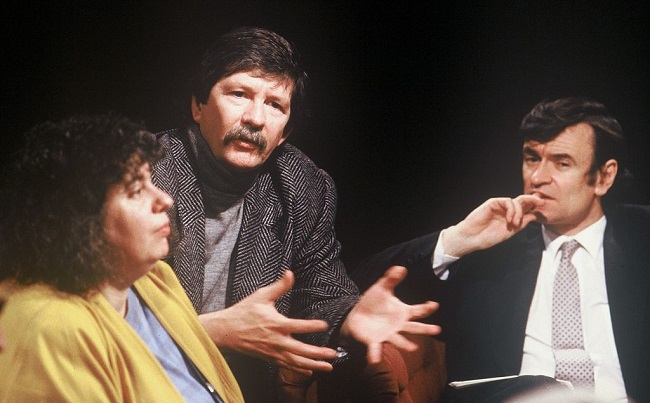
Headshot of Jim Haynes. © Wikipedia, CC BY-SA 3.0
His bookshop was only the beginning. Plays were produced there, often with only two characters and a very limited audience, the space was so small. In 1962, Haynes was instrumental in founding the Traverse Theatre, still going and still beloved by enthusiasts in Edinburgh and beyond.
Haynes was indefatigable. He always said that the 60s were the best years of his life when he was energized, ambitious and bursting with ideas, and indeed, the list of his achievements in this decade is nothing short of impressive. In collaboration with John Calder, he organized the first Edinburgh international book festival, alongside such luminaries as Norman Mailer, Henry Miller, William Burroughs and Mary McCarthy. Genteel Edinburgh was suddenly on the map for very different reasons.
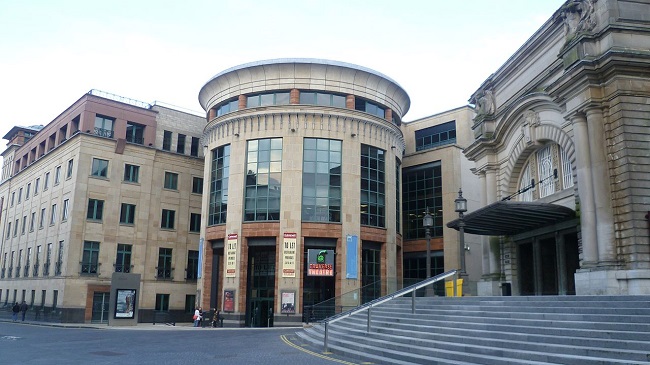
Traverse Theatre. © Wikipedia, CC BY-SA 3.0
But in the same way that artists gravitated to Paris, the scope for greater, more ambitious projects drew the movers and shakers to London. And in the 1960s the excitement in Britain’s capital city was palpable. There was a feeling that anything was possible, in music, fashion and the arts.
The sexual liberation movement had no more fervent a disciple than Haynes. By now, the Old Bailey trial over the publication of Lady Chatterley’s Lover had been won. (It is widely believed that the judge’s comment that he “wouldn’t let his servants read it,” had discouraged the jury in favor of its censorship.)
Haynes decided to go one further and set up a magazine called, rather unambiguously, Suck.
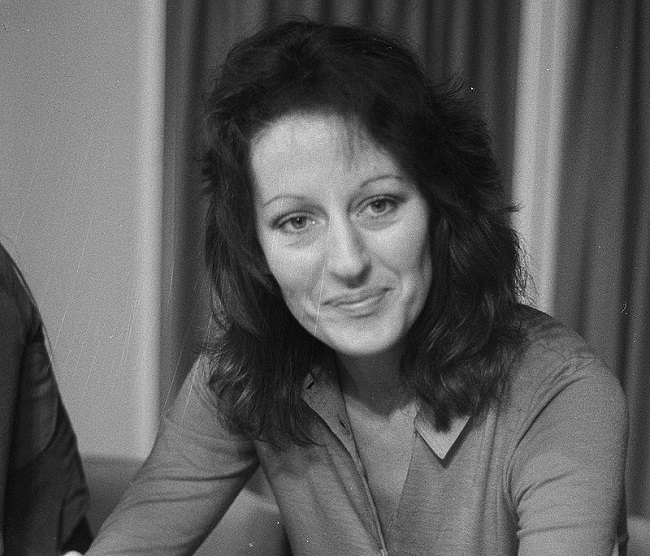
Greer in June 1972. © Wikipedia, CC BY-SA 3.0
Germaine Greer was more than happy to collaborate until a nude picture of her appeared in the magazine without her permission. She had been happy to have it published if Haynes had a nude picture of Jean Shrimpton too. Shrimpton had obviously declined Haynes kind offer.
The premises of Suck were raided by the police – censorship was still alive and well in Britain – and Haynes was forced to move the publication to Amsterdam, where sexual liberation was definitely not in its infancy. (Haynes was also responsible for the equally unambiguous Wet Dream film festival in 1971.)
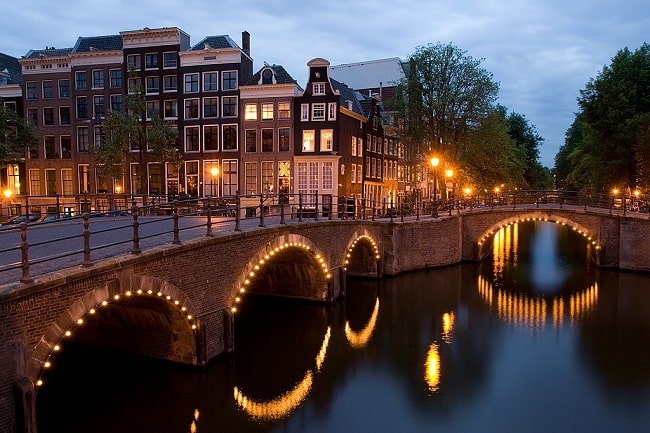
rijksmonument. © Wikipedia, CC BY-SA 3.0
Not content with these enterprises, Haynes started The Arts Lab at 182 Drury Lane, which was housed in a four storey building and promised poetry, experimental films, exhibitions, and an auditorium without permanent seating. Yoko Ono performed there, and she and John Lennon held their first joint art exhibition in The Arts Lab. Donovan sang, with his audience reclining on foam rubber, and David Bowie rehearsed and performed mime there.
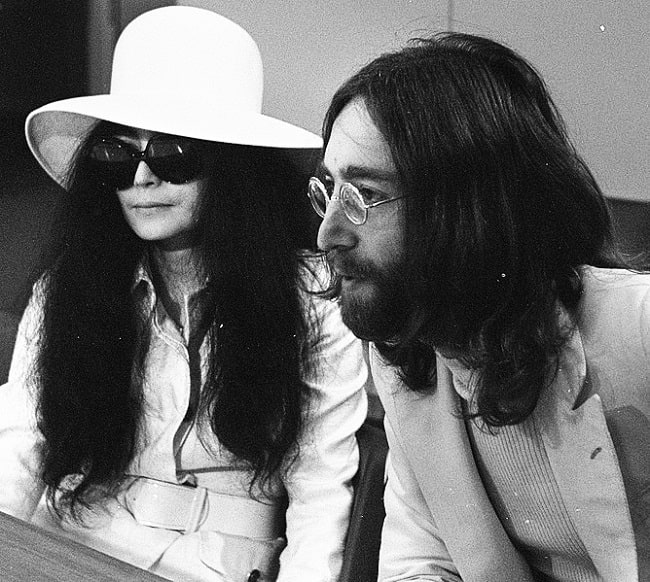
Yoko Ono and John Lennon. © Wikipedia, Public Domain
The house journal of The Arts Lab was called the International Times (IT), which was distributed widely and became the ‘in’ paper to read. Haynes was naturally a founding member with Barry Miles and Tom McGrath.
In London, Haynes stayed with George Orwell’s widow, Sonia. She was a fascinating woman and not defined by her short marriage to George Orwell, although her collaboration with the Information Research Department, a secret propaganda wing of the British Foreign Office, resulted in increasing the fame of both Animal Farm and 1984. After Orwell’s death, Sonia had affairs with Lucian Freud and William Coldstream and was friends with many other writers and painters, including Pablo Picasso and Francis Bacon.
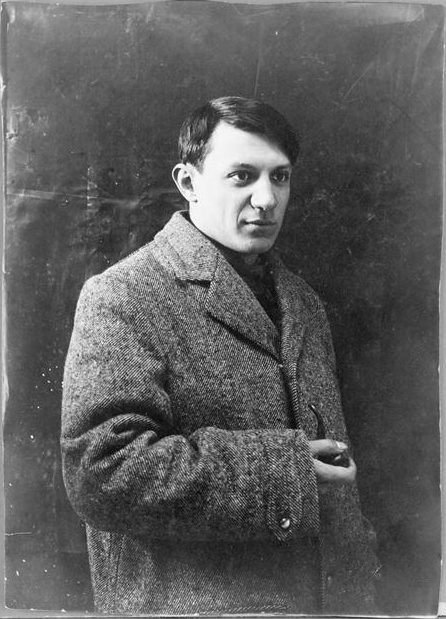
Portrait photograph of Pablo Picasso. © Wikipedia, Public Domain
In 1969, Haynes was offered a one-year teaching post at the experimental University of Paris VIII (Vincennes). Initially Haynes said he had turned it down as he didn’t speak French. When he was asked again, having been informed to his surprise that he could take the lessons in English, he found the offer impossible to refuse.
The course was Sexual Politics and Media Studies.
The course became permanent, and by then, Haynes had fallen in love with Paris and his atelier in the rue de la Tombe-Issoire. It was to remain his home for the next 40 years until his death. It was from there that Haynes cobbled together “books” using a duplicator and a stapler, the publications aptly named Handshake Editions — Haynes’ idea of a contract being a handshake with the author. He published his own books, including Everything Is! and Stop Working! as well as those of friends. One of his friends was Samuel Beckett, who fortunately, had no need of Handshake Editions, but accompanied Haynes on his walks around the quartier.
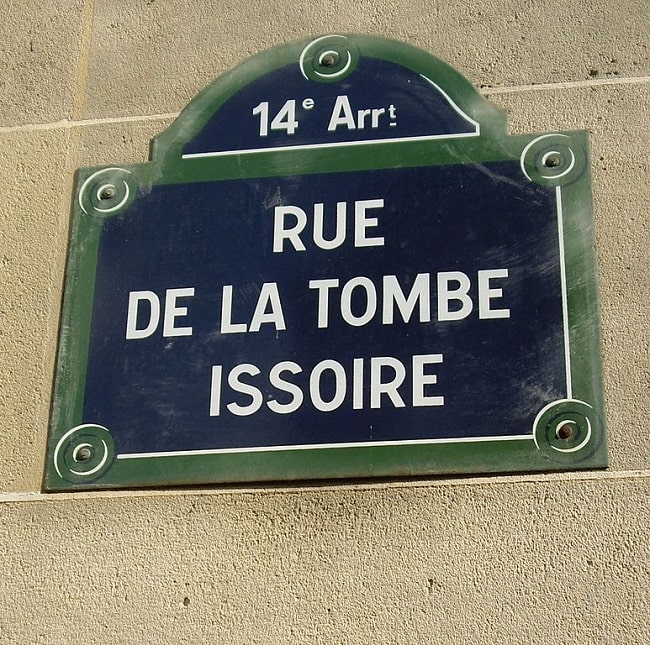
Rue de la Tombe-Issoire. © Wikipedia, CC BY-SA 3.0
Perhaps Haynes’ most audacious achievement, and far more professionally produced, were his “Citizen of the World” passports. Nothing could have encapsulated his beliefs more than a world passport, where everyone was a citizen of the world. Haynes believed that a borderless world would promote global freedom. As in the real world, borders did exist — Haynes made his passports so convincing that some people had managed to cross from one country to another using them. Haynes, himself, crossed from Geneva into Milan using his. The border official, looking at this unknown passport, had asked what it was. Haynes replied that it was a Citizens of the World passport. The official either won over by Haynes’ charm, or beguiled by his cheek, had waved him through. As the demand for his passports grew, his atelier turned into a kind of embassy where people without identity papers would turn up ad hoc. Unsurprisingly, the French police took a much dimmer view, and he was ordered to stop making them. Haynes ignored them until finally he was taken to court. He was acquitted of fraud and counterfeiting, but found guilty of “confusing the public.” (A verdict that could be leveled at so many public figures, all over the world…)
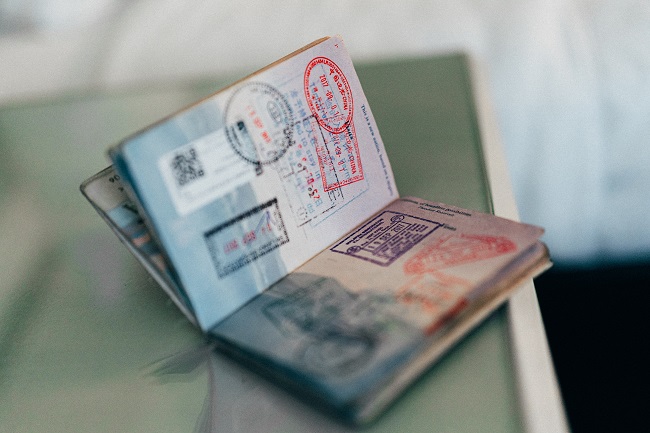
World passport. © ConvertKit, Unsplash
Haynes continued to travel all over the world and journeyed back to Edinburgh almost annually for the book festival and the Traverse Theatre. His obituary in The Herald newspaper called him “the unofficial agent for the Beat Generation in Scotland.”
He had suffered two strokes in his 80s, but his Sunday evenings continued unabated. Only Covid and lockdown brought them to what he’d imagined to be a temporary halt. He was not alone however; friends still visited and others remained with him in his atelier. Jim Haynes did not like to live alone — he neither drank nor indulged in illegal substances; his drug was people, and the more, the better.
Jim Haynes’ father had given him two pieces of advice that had shaped his philosophy.
“When you do something nice for someone, forget it immediately. When someone does something nice for you, never forget it.”
Jim Haynes died aged 87 on the 6th of January this year. There will be many more than 150,000 strangers and friends who will never forget Jim Haynes’ kindness.
James Almond Haynes was buried in Père-Lachaise Cemetery.
Lead photo credit : Dinner table. © Nadia Valkko. Unsplash

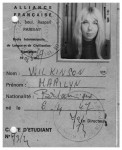

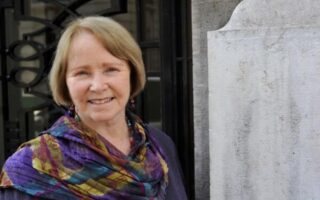
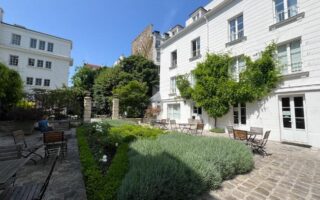

REPLY
REPLY
REPLY
REPLY